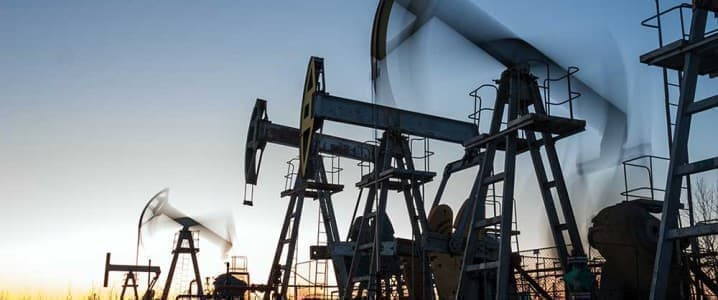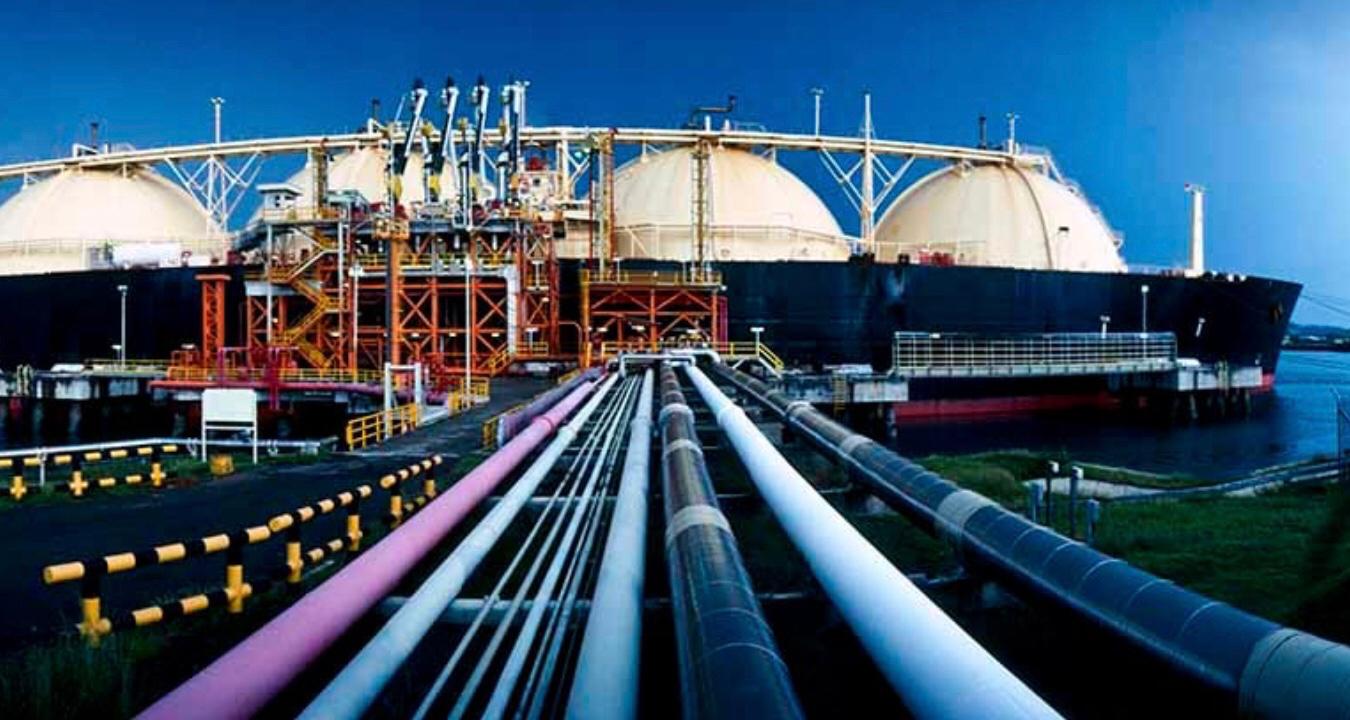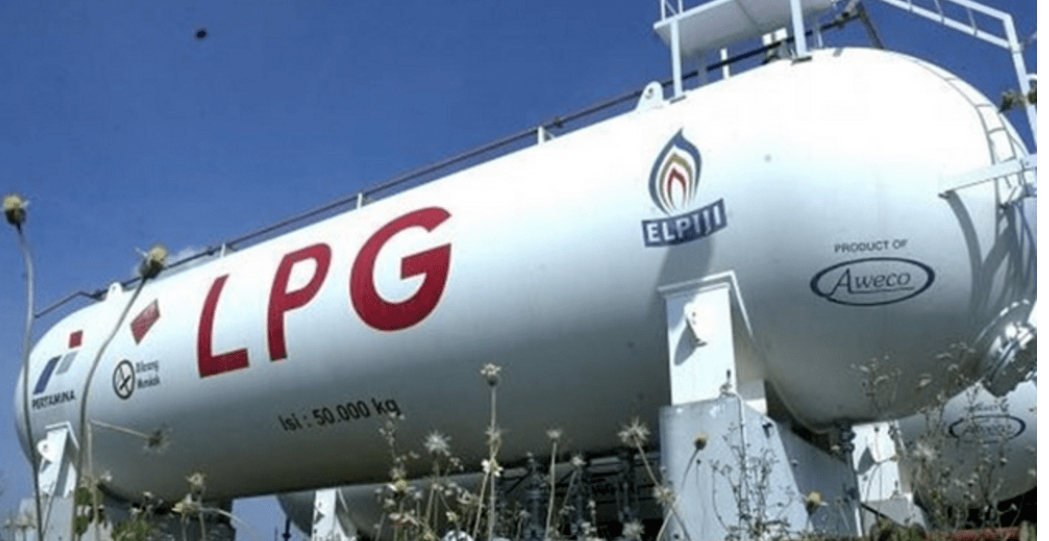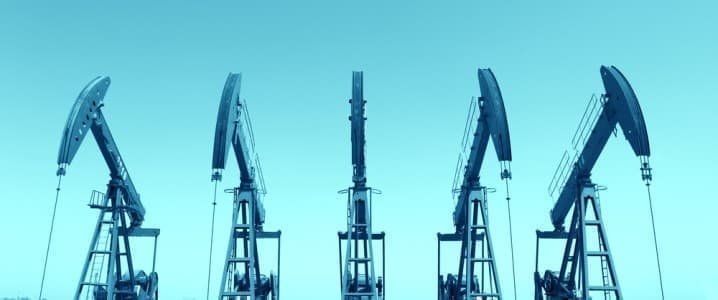
U.S. Drilling Activity Slips Further As Oil Prices Rise
The total number of active drilling rigs for oil and gas in the United States fell again this week, according to new data that Baker
PG5 is involved in the management of Carbon Capture and Sequestration/Storage (CCS) which is the process of capturing carbon dioxide (CO₂) formed during power generation and industrial processes and storing it so that it is not emitted into the atmosphere. CCS technologies have significant potential to reduce CO₂ emissions in energy systems. Facilities with CCS can capture almost all of the CO₂ they produce (currently capturing up to 90 - 100 percent)
We practice managing available resources, investments, and technologies to maintain and optimize operations with an emphasis on safety, reliability, efficiency, and environmental, and social awareness in our efforts to adhere to the UN Climate and Environmental Goals.
PG5 is involved in investing in renewables and energy solutions with a focus on a variety of next-generation business models including; Hydrogen Technologies to reduce emissions to a net zero, renewables generation, power retail, distributed generation, energy services, and investing in Hydrogen charging station infrastructures.



















PG5 is taking steps to sustain a clean energy transition that requires more, not less, hydrocarbon investment and production for as long as clean energy is not cost-competitive. To facilitate the energy transition in such economies, economic diversification is the primary goal of working with governments to create our ambitious clean energy plans. We are constantly striving on an ongoing basis to reach new benchmarks to transition to clean energy.
We have an ambitious goal where we are investing funds into developing clean decarbonized transportation and powering buildings with the use of renewable fuel sources. We are moving towards energy technologies that produce almost no harmful emissions - known as greenhouse gasses to harm the environment or potentially harmful to human health.
We are looking to make a deep dent in the way we bring changes to the energy industry. The World Health Organization (WHO) reports that more than 1 billion people in the world suffer from energy poverty or lack of energy. PG5 is already taking steps towards helping governments and industries all around the world develop practical journey solutions to allow their needs to gain the required energy resources while at the same time managing a clear pathway together to hit net zero by decarbonizing power and producing hydrogen and alternative fuels.






At the end of last year, McKinsey placed the Oil and Gas industry’s performance gap at $200 billion. Their research states that on average, offshore platforms run at only 77% of maximum production potential. Correctly implemented data analytics systems and tools can overcome the operational complexity of Oil and Gas operations, quickly yielding returns of as much as 30-50 times the original investment and reducing ecological impact by reducing wastage, accidents and bottlenecks.
PG5 has been taking strides to implement ongoing data analytics systems and tools to maximize on efficiency of operations to limit accidents and preserve the environment.
Water is an essential element in various oil production processes, from fracking to separating oil from other elements present in oil sands. Hundreds of millions of barrels of water are utilized every single day, and while the global Oil and Gas industry currently manages to recycle the vast majority of this water (between 80-95%), PG5 is rethinking the extraction process to reduce freshwater from the very outset.
To decrease freshwater usage, PG5 and its Partners are exploring more effective ways of recycling and reusing water for their operations. Increasingly, companies are aiming to use 100% non-potable water by improving filtration oxidation methods, as well as advanced chemical-free water treatment solutions to neutralize bacterial contaminants such as sulphate-reducing and iron-oxidizing bacteria.
Finding ways to reduce methane leaks is a cost-effective opportunity for the industry. Recent figures from the International Energy Agency have outlined that it is financially possible to reduce oil and gas methane emissions[1] utilizing currently available and emerging technologies.
More companies are utilizing small-scale waste-oil micro-refinery units that transform used oil into diesel fuel. Not only does this approach yield fuel for ongoing operations, but it’s also a relatively inexpensive alternative to more traditional oil disposal methods.
Even innovations that don’t specifically make oil and gas processing greener and cleaner can still help improve the industry’s overall sustainability by allowing for more cost-efficient processes. For example, new ultrasound technology allows PG5 to create 3D images of the inside of oil wells, enabling them to make more informed and cost-effective production decisions. Similarly, IIOT, analytics, automation, reserve replacement and enhancement capabilities, and emerging artificial intelligence programmes can all help find and eliminate operational inefficiencies.
Improving the efficiency of ongoing operational processes by even a small fraction, will allow PG5 and its Partners to produce the same amount but with reduced costs and energy expenditure, leading to a lower overall carbon footprint.
Going beyond incremental operational improvements, the quickening pace of digitalization of the Oil and Gas industry has allowed PG5 and its Partners to aid in the creation of the ‘digital oilfield’, a process that is starting to come to prominence. Through the use of cloud technologies and big data, the digital oilfield allows for all operational data to be monitored, analyzed and utilized in real-time, leading to safer, more sustainable decisions being made.
While many O&G companies are looking to lower emissions, just as many are also looking to diversify into the renewables market. At the beginning of 2018, PG5 was dedicating capital investment to fund clean energy, and we have recently bought a multi-million dollar stake in Europe’s largest solar producer. With investments like this, PG5 is set to transform into a significant global powerhouse to set the foundation for renewables in the coming years and decades.
Equally exciting are the advances being made in biofuel, which may enable production levels on a much larger scale in the near future. PG5 with our Partners is currently developing its Calipatria site and believes that due to recent breakthroughs, it will be capable of producing 10,000 barrels of biofuel per day by 2025. This is an essential step forward in the foundation of an entirely sustainable and renewable biofuel industry.
Our global success is attributed by our employees and industry experts.
Together, we are a force to be reckoned with.

The total number of active drilling rigs for oil and gas in the United States fell again this week, according to new data that Baker

Energy Industry New that Matters

The total number of active drilling rigs for oil and

When the European Union approved its Green Deal, it was

That the degree of geopolitical risk in key oil producing